The EMT Intrusive Pig Signaller is a versatile, bidirectional device designed to detect the passage of pigs in pipelines. This signaller is equipped with multiple display options, enhancing its functionality and adaptability to various monitoring needs. The available display types—B, C, D, and CD—provide visual, mechanical, and digital feedback based on the signaller’s configuration and the specific requirements of the pipeline monitoring system.
1. Display Actions
- B Display: The indication flag shifts from horizontal to vertical upon the pig’s passage.
- C Display: Similar to B, with the addition of an SPDT or DPDT switch that triggers and remains in action.
- D Display: Features a digital time display that activates to count and record the time of activation. An SPDT or DPDT switch engages and remains active until a factory-set time before returning the display to standby mode.
- CD Display: Combines the features of C and D, where the indication flag and switch activate upon a certain degree of trigger deflection and reset once the trigger returns to its original position.

2. Key Features of Intrusive Pig Signaller:
- Bidirectional Detection Capability. The signaller can accurately detect the passage of cleaning pigs or inspection tools from both directions within the pipeline, enhancing monitoring flexibility and reliability.
- Flange Connection Flexibility. Configurable with either upper (REUV) or lower (REDV) ball valve placements to accommodate different installation environments and pressure handling requirements.
- Standard and Custom Installation Compliance. Designed to fit standard ANSI B 16.5 flanges, with the capability to adapt to custom specifications, ensuring a broad application range and compliance with industry standards.
- User-Friendly Installation and Adjustment.
- Ensures easy setup with clear guidelines for flange alignment and sealing to prevent leaks.
- Provides simple procedures for adjusting the orientation of displays to maximize visibility and effectiveness in various operational contexts.
- Maintainability:
- Features straightforward external seal replacement, enhancing routine maintenance efficiency.
- Recommends professional servicing for internal seals to ensure long-term durability and performance.
- Specialized Maintenance Tools. Utilization of specific tools for safely removing the core of pressurized, retrievable signallers underscores the signaller’s sophisticated design and safety considerations.
3. Installation
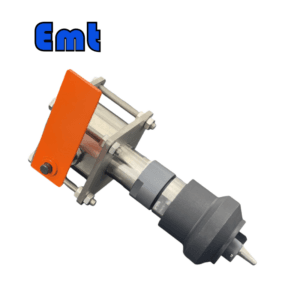
The EMT Intrusive Pig Signaller connects via a 2″ flange, which can be customized with a REUV (upper ball valve) or REDV (lower ball valve) configuration depending on the pressure handling requirements and installation site. Installation involves aligning the flange to ANSI B 16.5 standards or other specified criteria, ensuring a 150mm clearance between the flange face and the internal pipe wall. A 3.2mm sealing gasket should be placed between the flanges to secure the trigger action direction aligned with the pipeline flow. After inserting the signaller, fasten it onto the pipeline interface using screws, ensuring the display and trigger are correctly oriented.
4. Adjusting Display Direction
Adjustments to the display direction ensure optimal visibility and functionality:
- B, C, CD Displays: Loosen the four nuts under the square flange of the display slightly, rotate the display to the desired position, and then retighten the nuts.
- D Display: Adjust by loosening the knurled nut underneath, repositioning the display, and tightening the nut to secure.
5. Maintenance
Importance of Regular Maintenance
Regular maintenance is essential for ensuring the reliability and longevity of the EMT Intrusive Pig Signaller. Proper maintenance prevents operational failures and ensures the device functions accurately to detect pig passages within pipelines. Routine checks and timely interventions can also help avoid costly repairs or pipeline downtimes.
Seal Maintenance and Replacement
Leaks at the flange seat typically indicate a failure of the seal, which requires prompt attention:
- External Seals. These are usually accessible from the outside of the signaller and can be replaced on-site without specialized tools. Regular inspection of these seals is advisable to catch any signs of wear or damage early. When replacing external seals, ensure that the correct type and size of seal are used and that it is fitted correctly to avoid any potential leakage.
- Internal Seals. Leaks stemming from internal components are more critical and often require professional intervention. Internal seals should be sent back to the manufacturer or handled by certified technicians. This is because replacing internal seals usually involves disassembling the signaller, which can compromise the device’s integrity if not done properly.
Handling Non-Retrievable Pig Signallers
- System Depressurization. Always ensure that the pipeline system is fully depressurized before attempting to remove the signaller. Then this precaution prevents accidents and damage to the pipeline or the signaller itself.
- Safety Precautions. Follow all safety protocols during depressurization and removal, including wearing appropriate personal protective equipment (PPE) and following established safety guidelines.
Maintenance of Retrievable Pig Signallers
- Special Tools Required. Removing the core of retrievable signallers, especially when under pressure, requires specific tools. For models like the SN2-TQZ-x-REDV, you will need specific long bolts, standard nuts, and a common spanner. Then these tools help safely dismantle the signaller without risking damage to the pipeline or the device.
- Procedure. Use the long bolts to securely attach to the signaller, ensuring that the device is firmly held. Unscrew the old unit with standard nuts and a spanner, carefully managing any residual pressure. This also must be done cautiously to prevent any sudden release of pressure which could be hazardous.
- Post-Maintenance Testing. After replacing any component or completing any maintenance work, it is critical to perform a thorough testing of the signaller to ensure it is functioning correctly. So this includes checking for any leaks and verifying the operational status of the display and detection mechanisms.


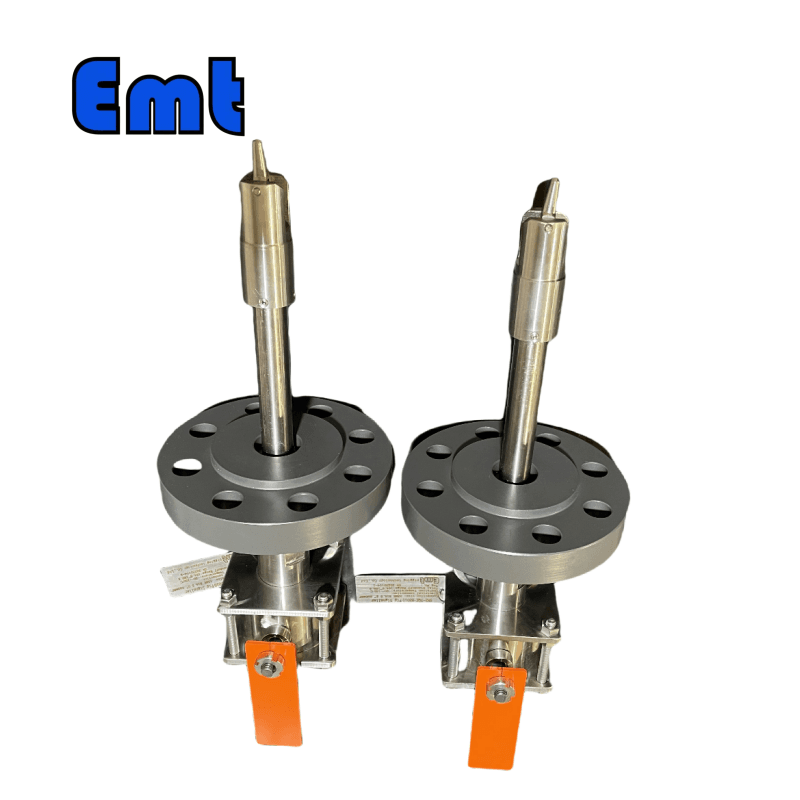
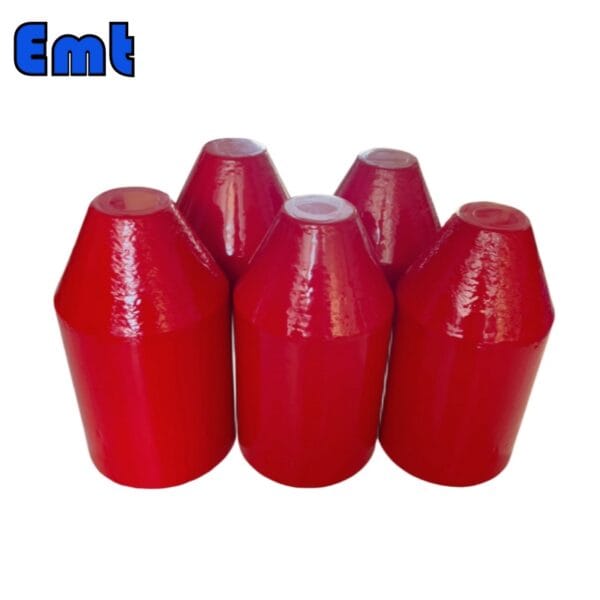
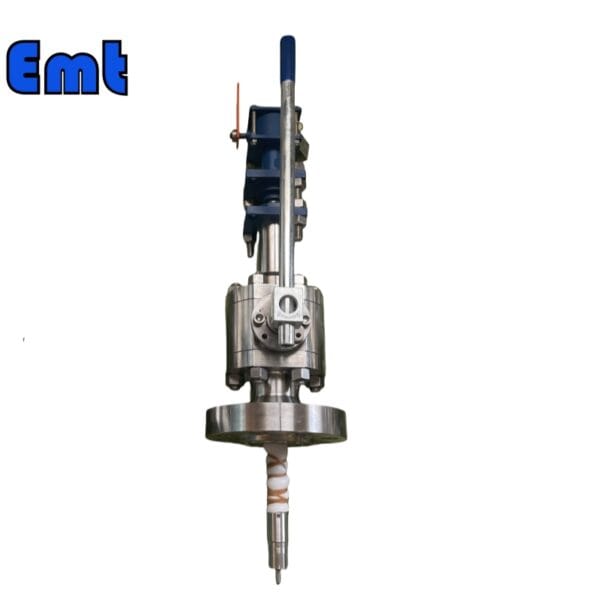

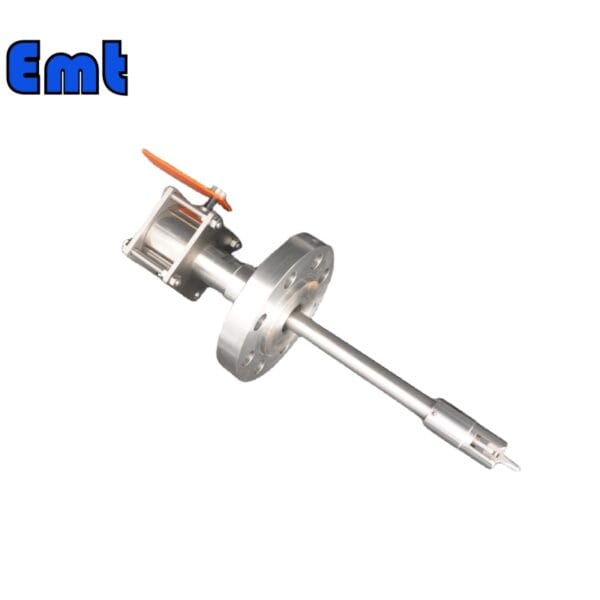
There are no reviews yet.